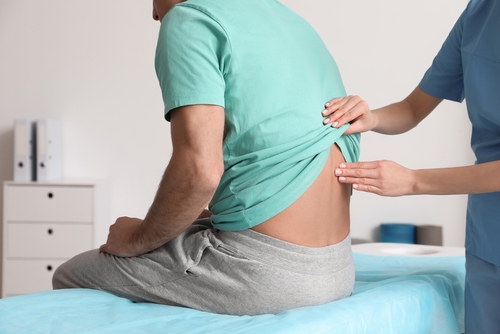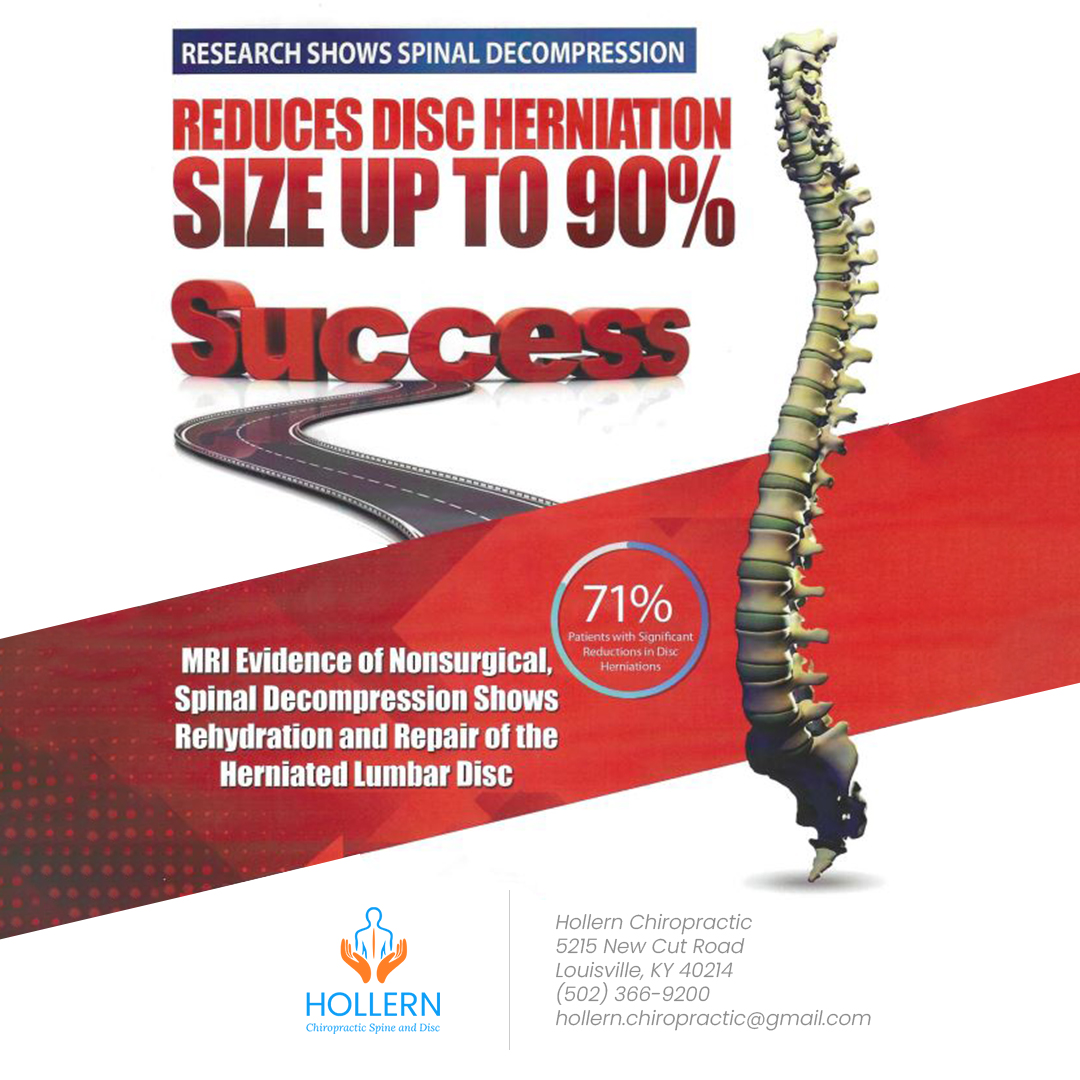
Dealing with a bulging disc can be a challenging and painful experience. Understanding the condition is the first step in effectively managing it.
A bulging disc happens due to spinal wear and tear or an injury. Factors like age, poor posture, excessive weight, repetitive movements, and genetics can contribute to its development. It can happen in any region of your spine, but it is most common in the lower back and the neck.
When a disc bulges, it can press against nerves, causing pain, numbness, tingling, or weakness in the affected area. The pain can radiate to other parts of your body, like your legs or arms, depending on the location of the bulging discs. For this reason, learning the rehab steps to strengthen the back is vital.
Rest and Pain Management
Giving your body time to heal helps when dealing with a bulging disc. Rest allows the inflammation to subside. Avoid activities that worsen the pain or strain your back to prevent further damage to the disc.
Pain management techniques can also help alleviate discomfort. Applying ice packs or cold compresses to the affected area for 15 to 20 minutes several times a day can help. It can reduce the inflammation and numb the area to provide temporary relief.
Over-the-counter pain medications like nonsteroidal anti-inflammatory drugs (NSAIDs) can be helpful in reducing pain and swelling. However, consult with a healthcare professional before taking any medication.
Physical therapy and exercises are crucial components of rehabilitating a bulging disc. They strengthen the surrounding muscles, improve flexibility, and promote proper spinal alignment. A physical therapist can design a customized exercise program tailored to your condition and needs.
Core Strengthening for a Stronger Back
Strong core muscles provide support and stability to the spine, reducing the strain on the discs. Exercises like planks and bridges target the deep abdominal, back, and hip muscles. Strengthen your core with exercises that target the muscles in your lower back. These can include cat-camel stretches, superman exercises, and back extensions.
Improving Posture and Body Mechanics
Poor posture and body mechanics can contribute to the bulging disc's development and worsening. Making conscious efforts to improve posture helps manage and prevent further issues.
Maintain a neutral position while sitting, standing, and lifting heavy objects to distribute the load evenly across the spine and reduce stress on the discs. Avoid slouching or hunching over, as it can increase pressure on the discs and worsen the condition.
Lifestyle Modifications for a Healthier Back
Maintaining a healthy weight is vital for your spine's health. Excess weight puts additional strain on your spine, including the discs. You can manage your weight by incorporating a balanced diet and regular exercise.
Engage in low-impact aerobic exercises like walking or cycling. Doing so can help improve circulation, strengthen muscles, and maintain a healthy spine. These activities are gentle on the joints and do not strain the discs.
Practicing stress management techniques can relax your muscles and reduce stress-related pain. These can include practicing mindfulness, deep breathing exercises, or yoga. Stress can contribute to muscle tightness and increased pain perception.
Seeking Professional Help
Dealing with a bulging disc can be complex. Seek professional help for a comprehensive rehabilitation plan. A healthcare professional, like a spine specialist or physical therapist, can assess your condition. They can also provide a diagnosis and develop a personalized treatment plan.
For more on treating a bulging disc, visit Hollern Chiropractic Spine and Disc at our office in Louisville, Kentucky. Call (502) 366-9200 to book an appointment today.










